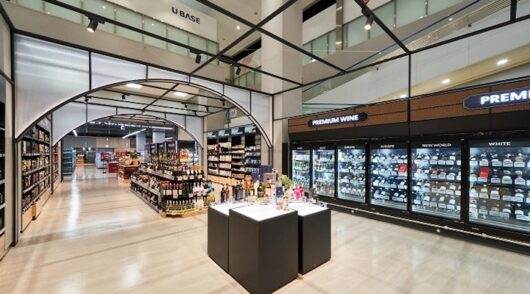Asia Pacific consumers’ increasingly digital lifestyles are opening up new opportunities for companies and brands to engage.
However, companies need a tailored marketing strategy to realise the full potential of the online world, according to a report by ECR Asia Pacific.
ECR says companies need to be selective in investing in the right channels and business models. Investment should also be made on mobile commerce, as well as capturing data and analytics to further customise the customer experience.
The leading trends listed by ECR:
- Increasingly digital lifestyle
Rapid technology innovation and the falling costs of mobile devices have fuelled growth in a digital lifestyle throughout Asia Pacific. The staggering increases in internet and mobile penetration over the last decade, especially in emerging markets, will continue to add to the rapidly growing online community. - Shift in income levels
Asia’s current 25 per cent share of the global middle class is expected to double by 2020, and before 2030 China and India will exceed both the US and the EU. - Awareness of health issues
Increasingly health-conscious consumers are opting for healthier options and many CPG companies are responding to this trend by creating healthier options in their products and promotions. For instance, in India, Nestle launched the Maggi Aata noodles, which is a whole wheat flour based noodle variation catering to the health conscious buyers wary of the refined flour used in regular Maggi noodles. - Changing retail environment
The Asia-Pacific region is shifting from a traditional to a modern trade environment consisting of hypermarkets, supermarkets, and local convenience store chains. Countries in the region are at different stages of this transition, in Vietnam and the Philippines, the modern retail environment is growing, while India has just opened up its retail market to foreign entrants. - Environmental sustainability
Retailers are required to carry more eco-friendly products which are driven by manufacturers and consumers, and supported by government policies and regulations. - Female shift
Across the Asean region, women generally have stronger positions compared to the rest of the Asia-Pacific region, in terms of household decision making, economic power and independence. - Aging population
Aged consumers are highly price sensitive, are influenced less by advertising, will investigate promotions thoroughly, and are willing to travel within reason to get a better price. - Increasing urbanisation
With the increase in urbanisation and the resulting change in consumer behavior, manufacturers and retailers will need to revise their business strategies. For large markets such as China’s there is a growing trend to move away from a country based approach to a cluster focused outlook. - Scarcity of talent
Manufacturers and retailers looking to grow in Asia Pacific markets need to attract the right talent, including skilled workers and leaders, to power the expansion of the business. - More informed consumers
Consumers have become more aspirational and better informed in Asian emerging markets, with the rise of the middle class and higher overall standards of living. With increased connectivity via the internet and greater information exchange between firms and customers, it is become vital for companies to manage the rise of the digital consumer.






